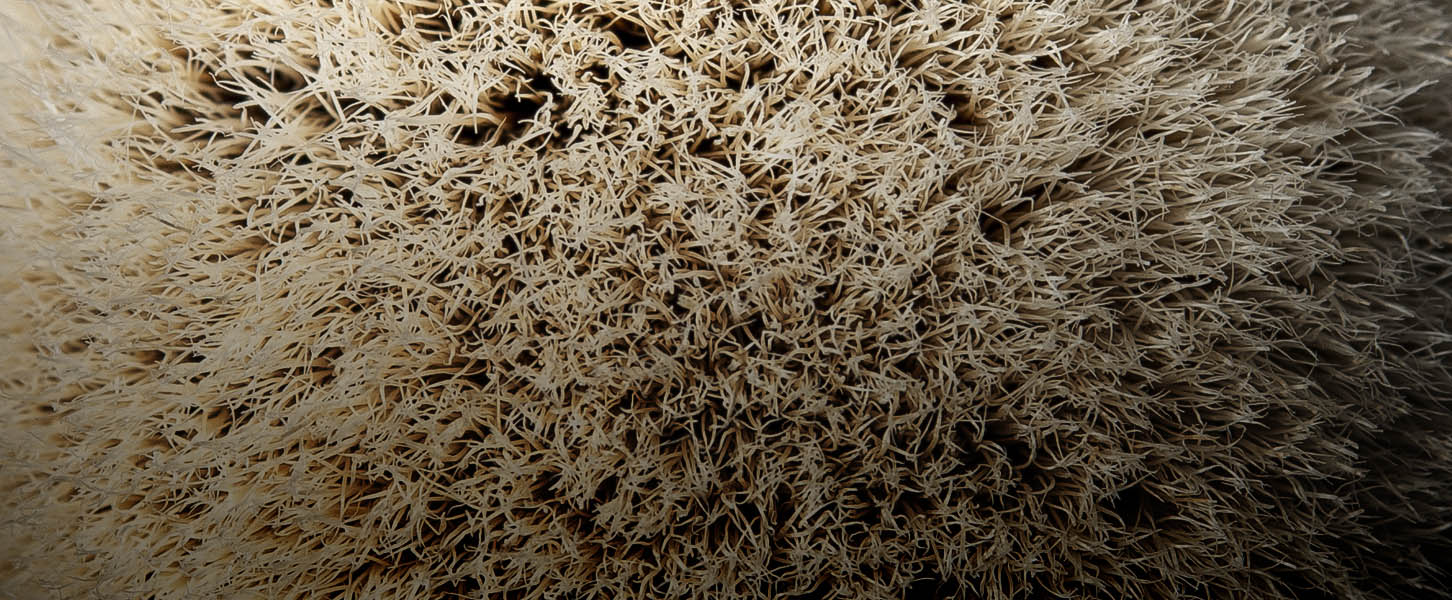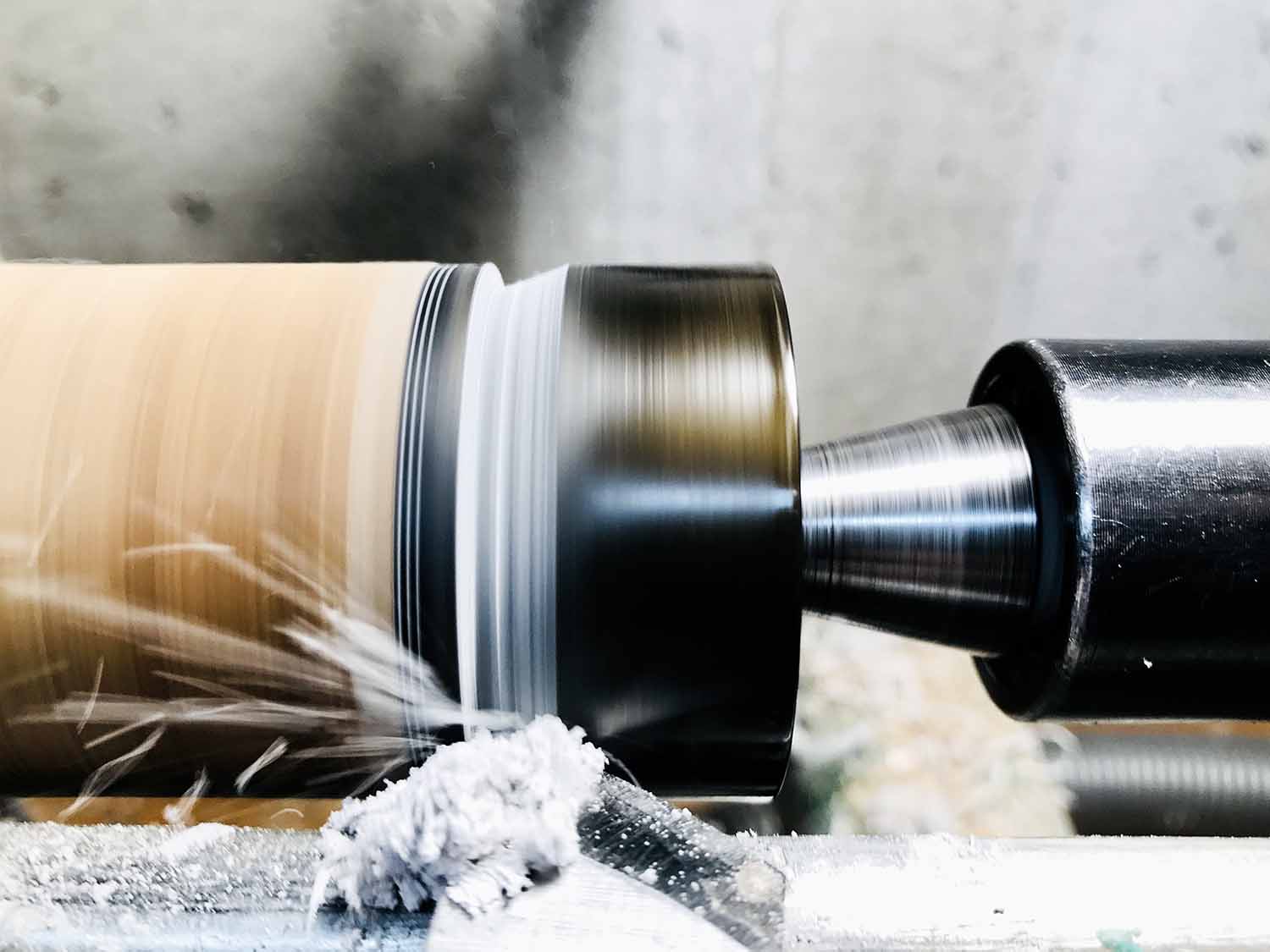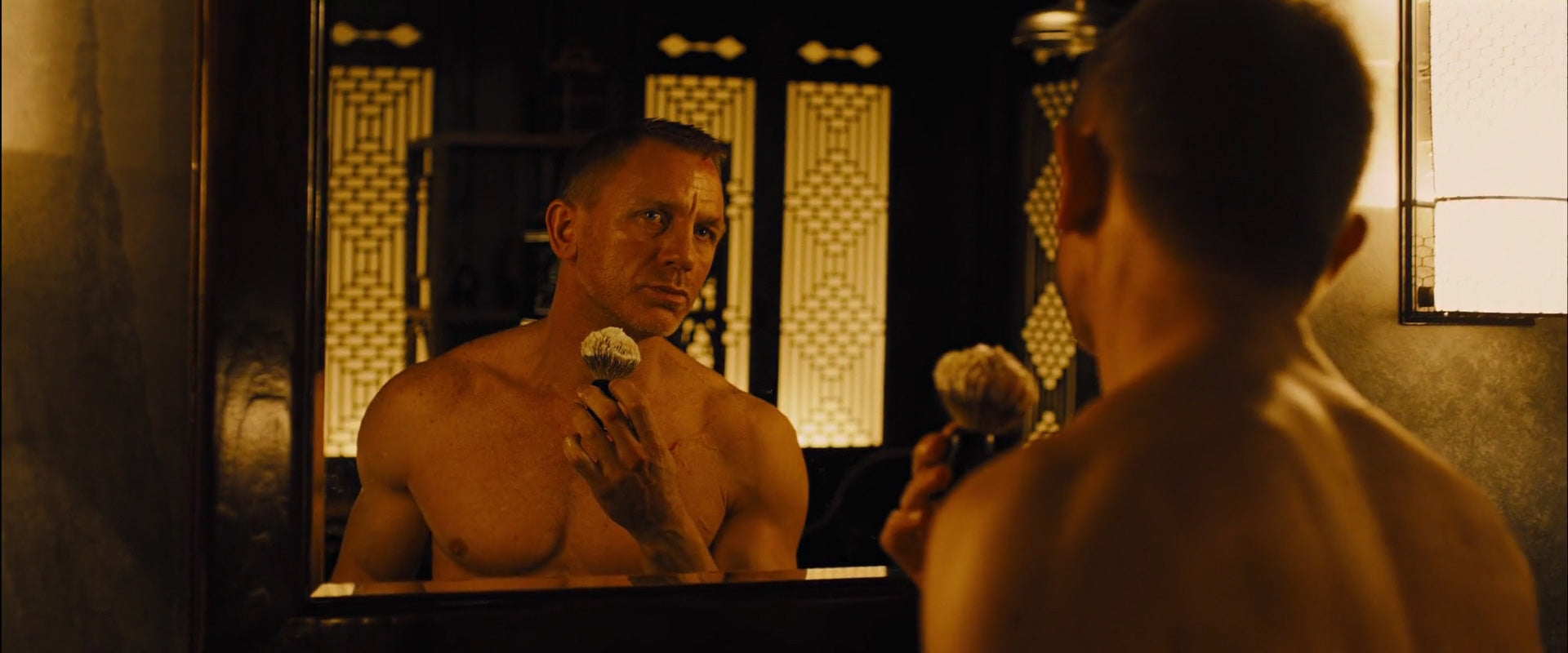
Shaving brush knots misteries: the gel tips feature.
If you are into wet shaving, you would assume there is no room for misteries in this long-standing art.
However, in the latest years a specific feature of some shaving brush knots has put many in a quandary: what’s going on with some badger brushes that develop “hooked” tips? How come that these knots always seem to have some soap left in them, even after well rinsed?
In Leonidam we searched a lot for this misterious feature, discussing with hair providers and knot manufacturers and examining in depths countless shaving brush knots and hair batches in order to fully understand and unveil this little mistery.
How to recognize the gel tips in your shaving brush knots.
The gel tips feature is often associated with two-band badger knots and it’s a combination of two distinct traits:
- a little “hook” in many hair tips;
- a gel, slick sensation of the knot tips when wet.

When dry, the shaving brush knots with gel tips are not fully recognizable: the presence of little hooks is not sufficient to provide the second, and also most distinct trait: the “slick”, soapy feeling.
You can discern the feeling pretty easily: once wet, you will notice that the hair tips clump together in little groups and after you lathered up, it will seems that you can’t fully rinse away the soap in the knot.
There’s no standard for this feature, so you will have to feel it yourself and you can do it more easily if you rub your wet shaving brush knot near the lips, where the skin is more sensitive.
If you can’t feel the bristles tips, chances are that your shaving brush has gel tips: the hooked tips do not poke into the skin, giving a very smooth sensation.
With the proper amount of lather, you will feel an unparalleled smoothness and softness.

How gel tips develop.
Some shavers experienced that after the break in some two band badger knots develop hooked tips and a gel-like sensation on the skin.
But how come some shaving brush knots show this trait and others don’t?
At first, it seemed that it depended on the batches of hair, but this explanation didn’t seem to fully clarify the phenomenon.
After deep discussions with different badger hair providers and knot manufacturers, we concluded that it was probably the request for whiter tips in two band badgers to have ignited the first appearance of gel tips.
Natural badger hair is as different as two different badgers may be: the color pattern is similar but not perfectly the same.
As not all the hair batches showed the same tips color, the darker ones used to be bleached to achieve the whiter and most requested tips.
Among the repercussions of this bleaching process, gel tips showed up. That’s why this feature was not recurring in all two band badger knots.
Even among gel tipped shaving brush knots, there may be some differences. Some “gelling” is more extreme than others, and it all comes down to how “strong” the bleaching process was.
This chemical process weakens the structure of the hair: it removes the outer layer (that appears whiter) and makes the fiber more brittle. Thus the hair tends to turn downwards and create a hook.
Now we can reveal in advance your next questions...
Isn’t this process damaging the hair? Does it affect the overall performance of the knot? And what about its durability?
Let's find out.
Gel tips pros and cons.
Every chemical treatment has some kind of impact on the shaving brush knots. Even some soaps and creams used in combination with badger brushes may affect their durability and performance (that's why you should know how to clean a shaving brush).
However, the bleaching process only affects the tips of the hair, not altering the structure of the trunk. This means that the backbone is not compromised in gel-tipped knots.
It is however true, that the duration of the gel tips is limited in time.
Eventually the tips will break and the thinnest part will fall out, losing the “hooks” and making the knot less soft and more stinging.
However, this will occur after many uses, so your gel-tipped knots will definitely last years, especially if they are part of a rotation.
To guarantee a lasting gel tips effect, in Leonidam we tested a manual technique that combine a natural chemical and mechanical process.
This technique allows also a custom-based effect: extreme or standard, to meet your very personal request.
Another possible flaw of some gel tipped knots is that someone may define them as “lather hogs”.
Lather hogs knots are usually high density badger knots that retain a great amount of lather. In some gel tipped knots the “hooked” tips twirl together and don’t allow the lather to flow and be spread properly. The result is that the lather is retained in the knot.
That being said, the advantages in choosing a gel-tipped knots are numerous and make them very desirable shaving brush knots.
The softness provided by gel tips is unique and particularly fitting for sensitive skins, as the feeling on the face is smoother.
Also, in gel-tipped knots water retention is higher, meaning that with a single lather load you can do more passes. Face lathering lovers would surely appreciate it!
Finally gel tips don’t affect backbone, meaning that you can have a knot that is both soft AND with proper backbone, without scritch.
Do you need a gel-tipped brush?
If you like a one-of-a-kind, smooth and soft feeling while applying the lather, then adding a gel-tipped shaving brush to your rotation will be surely a good choice. And if you have sensitive skin, your cheeks and neck will thank you.
In Leonidam our mission is to combine beauty, function and performance in simple, yet fascinating objects: shaving brushes. And in doing so, we want to introduce also some innovation.
Learn more about our gel tipped knots.

